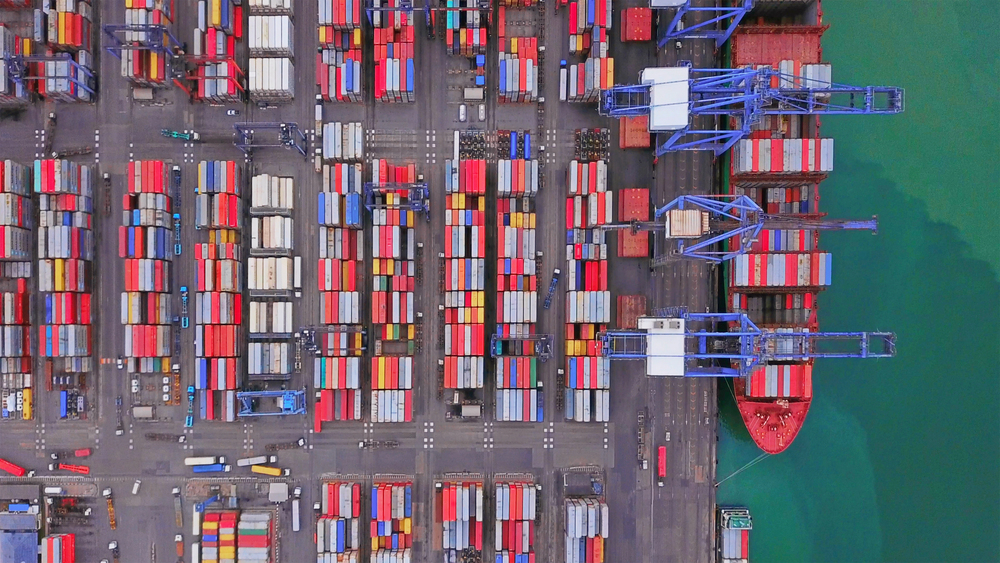Commercial Fire Insurance: Do You Know About the Environmental Risks?
By: Chris Bunbury
Why has environmental risk management and insurance become part of basic best practices for all commercial insurance professionals? The simple answer: Environmental exposures impact every business.
In today’s transparent business environment, managing and transferring environmental exposures has become a critical risk management practice that can drive growth and profits. In the process, insurance professionals who incorporate environmental risk management and insurance are more likely to become trusted advisors to their insureds.
How do fire insurance policies fit in? To find the answer, you first have to ask: Why do commercial insurance professionals sell fire insurance policies to clients? Here are some potential reasons:
- The financial institution holding the note on their property requires it.
- The property owner can’t afford to self-insure against the peril of fire, so the economies of scale mean purchasing a fire policy makes sound business sense.
- It’s included in their BOP.
- It’s what you have always done as an insurance professional.
Does the fire policy help the insured? Yes, but what happens when a fire occurs?
The fire department puts out the fire. In the aftermath, the water and chemicals the fire department used, combined with the burned contents of the building, create a pollution liability. The fire department is immune from prosecution, but under federal law, the property owner is ultimately responsible for the environmental condition of their property.
That means any business with a fire policy that experiences a fire has an excellent chance Consider the following example: An auto parts dealer store catches on fire. After the fire is extinguished, the basement of the building contains tens of thousands of gallons of hazardous goo. It costs the store owner in excess of $80,000 to dispose of the goo, which their insurance policy does not cover. The store owner sues their insurance professional’s E&O policy for coverage.
We recently received in a submission for an insured that owns and operates a warehouse. The insured recently experienced a partial fire loss of $180,000. The insured has an opportunity to land a large client, but the potential client requires the warehouse to have pollution insurance should they experience an environmental liability with their operation while warehousing the client’s products.
In marketing the submission to our environmental insurance carriers, we received the following email from an underwriter: “I am going to pass on this one due to the fire loss this past July. In order to reconsider I would need results of environmental assessment performed after the fire and a description of any remediation. And a detailed description of fire prevention and response loss control measures implemented since the loss.”
This response displays that environmental underwriters understand and have experienced the environmental liabilities caused by fires and realize that fires can create unscheduled expenses for insureds due to potential environmental liabilities.
With risk management, you walk a fine line between being proactive and creating unexpected consequences, such as increased exposure to a new risk. Even a sprinkler system, designed to suppress a fire, could spread pollutants in a building.
Another example: above-ground storage tanks versus underground storage tanks as a means to reduce risk. Most agents initially feel that an above-ground tank makes more sense than an underground one.
But in order to make an informed determination, you must consider the following questions:
- Is the above-ground tank equipped with secondary containment? If not, a leak can spread contamination faster and further than an underground tank.
- Is the integrity of the secondary containment tested on a regular basis? In a West Virginia chemical spill, the secondary containment failed, causing a pollution event that deprived more than 300,000 residents in nine counties access to fresh drinking water for days, along with businesses, schools and municipalities. According to one report, local hotels lost $1 million a day during the incident. Freedom Industries, the business that caused the spill, filed for bankruptcy days afterward.
- Are the above-ground tanks located where natural disasters—such as tornados, floods, hurricanes and earthquakes—occur? Natural disasters can destroy the integrity of the tank, releasing its contents.
Don’t be fooled by the “limited” pollution policies standard property-casualty insurance carriers offer. The key word here is “limited”: Insurance carriers offer this type of pollution coverage because it “limits” the insurance carrier’s exposure to environmental liabilities. “Limited” pollution policies offer “limited” benefits to the insured.
Chris Bunbury is president & CEO of Environmental Risk Managers, Inc.










